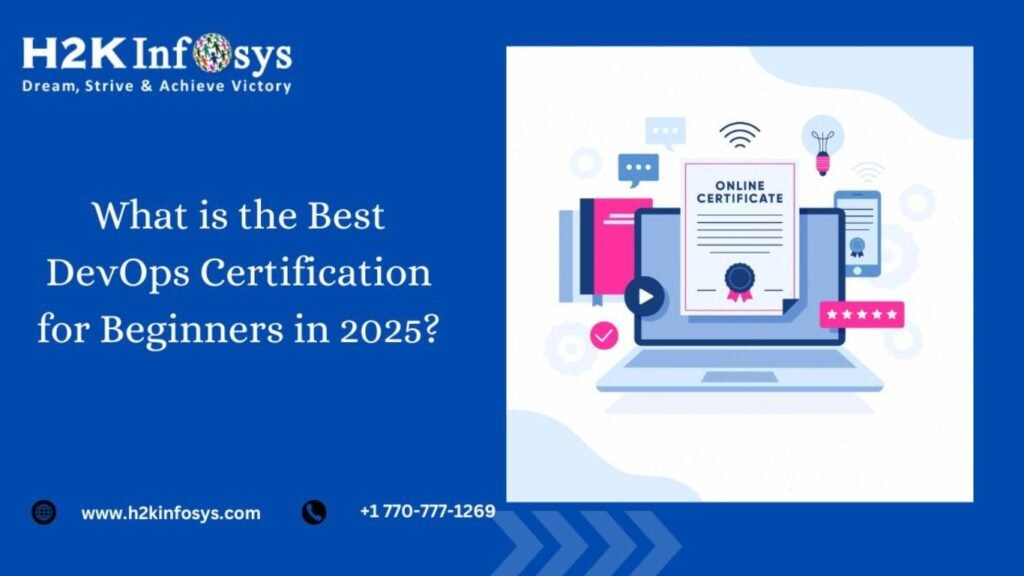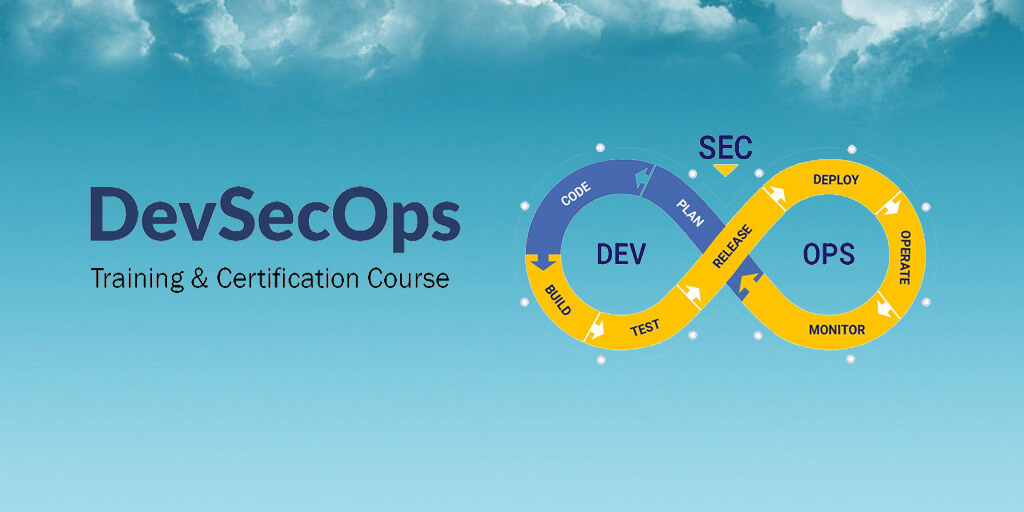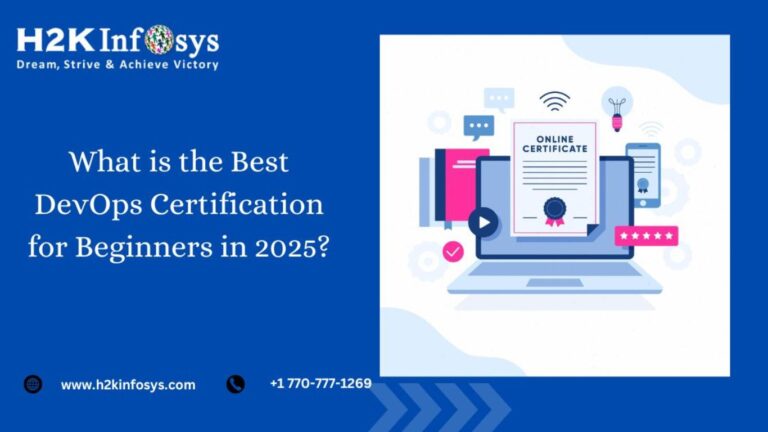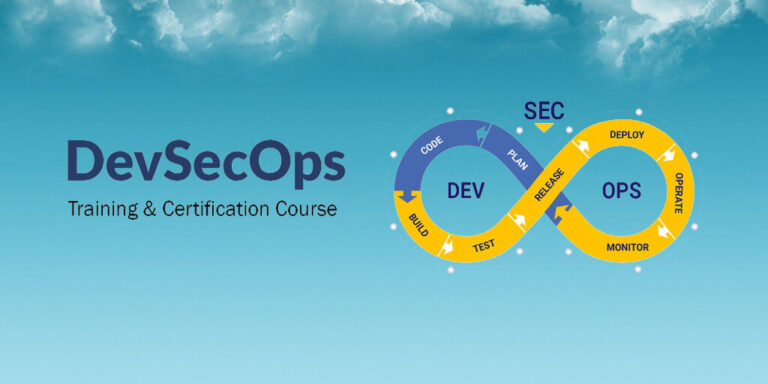Salesforce Digital Engagement is a customer support tool that facilitates communication between businesses and their clients through social media, messaging applications, webchats, and in-app conversations. Messages are sent to Salesforce, where the relevant chatbot or agent handles them. Using the built-in Salesforce Service Console, Digital Engagement’s primary objective is to communicate with customers through their chosen channels. To learn more, check out our Salesforce training online.
What does Digital Engagement consist of?
- Self-service community
- Web-to-case
- Email-to-case
- Embedded Chat
- Einstein Bots
- Omni-Channel routing
- Field Service
- Self-service Community
It’s probably not surprising to learn that calling a customer support representative is frequently the last thing a consumer wants to do. The same holds true for social media, SMS, and instant chats. Customers might simply prefer to handle the issue on their own.
Before contacting help, customers typically want to be able to resolve their own problems. Because of this, it’s more crucial than ever for businesses to provide their clients with self-service options as well as a single location where they can check their accounts, ask questions of other users, and get support.
The reduction of incoming consumer inquiries to agents, which can lighten their workload, is another benefit of having a self-service site.
Salesforce Experience Cloud gives businesses the ability to do precisely that. Partner, employee, and customer sites are among the options they provide. However, for the time being, we will discuss Experience Cloud and how it might benefit your company.
Create a Whole New Customer Experience with Experience Cloud Sites
For an increasing proportion of clients, self-service has replaced traditional customer service. This implies that it can be a client’s initial customer care encounter with a company.
In light of this, a self-service solution ought to be much more than a location where clients attempt to solve issues on their own. It ought to be more beneficial than an enhanced FAQ page. It can and ought to be:
- a gathering spot where your clients may assist one another as subject matter experts and assist themselves.
- a customer-facing account portal that provides rapid access to necessary information.
- a place to ask inquiries, interact with agents, and receive directed assistance.
With Salesforce, you can design custom branded self-service websites and portals.
With Salesforce, you can design custom branded self-service websites and portals. A simple FAQ page can be transformed into a fully functional self-service portal for clients with Experience Cloud. This portal offers them access to knowledge articles, user forums, and live chat help for any questions they may have.
Integrate Service Cloud and Experience Cloud on One Platform with Salesforce
Naturally, having everything on the robust Salesforce platform is the main advantage of developing your customer site on it. This implies that integrating the necessary Salesforce features (including Service Cloud) directly into your site is quick and simple. Service Cloud offers your customer sites a tonne of helpful features. Let’s explore a handful of them.
- Create a One-Stop Customer Experience: Customers can locate what they need without ever leaving the website by integrating business processes from Salesforce or other third-party platforms, such as account balances and preferences.
- Give Customers Access to More Knowledge: Using the Experience Builder, you can quickly transfer internal how-to manuals and articles to your customers’ websites with just a few clicks. Customers can now easily access all of your support resources at their convenience.
In addition to giving your support staff another avenue for offering excellent customer service, websites can assist in resolving other significant business problems.
How can your Company can Benefit from a Customer Site?
1.Boost Customer Satisfaction
Websites enable you to provide consumers with additional information, saving them the trouble of calling customer service for simple tasks like changing their password or checking their balance. They may swiftly and simply accomplish these kinds of tasks on the website by themselves.
2.Reduce the Number of Calls
Businesses can significantly cut down on the amount of inbound calls that their agents field by employing a client site to divert some of the more routine service inquiries. In addition to fielding fewer calls, agents are free to concentrate their time and efforts on handling more challenging and intricate client concerns that might call for additional agent attention.
What is Web-to-Case in Salesforce?
A Salesforce Service Cloud tool called “Web-to-Case” enables you to automatically collect support requests straight from your website and convert them into cases. It makes use of a straightforward, editable form with the fields you require according to your specifications.
When a consumer fills out the form on your website, Web-to-Case automatically notifies them via email that their support request has been received. This email can be customised just like the form. In order for you to follow the request, Web-to-Case simultaneously opens a case in your organisation. It will also, if feasible, associate the case with a particular contact.
You may increase the efficiency of your support staff and enable them to address client inquiries more quickly by implementing Web-to-Case.
What Is Email-To-Case?
With the help of Email-to-Case, we can have cases generated and case fields automatically filled in when clients send emails to the designated email addresses. Email-to-Case (on-demand) solution rejects emails greater than 25 MB and maintains email traffic outside the firewall of your network.
Key Features and Benefits for Email-To-Case
- Any attachments that a consumer delivers with their case are automatically linked to the original case when they respond to it.
- You can determine the number of emails exchanged before a problem is fixed by using case reporting, which tracks both incoming and outgoing emails by case.
- You can construct several email addresses using routing addresses, and you can use these addresses to transform customer emails’ contents to case fields.
- Email-to-Case works flawlessly with Assignment Rules, Escalation Rules, Auto-Response Rules, and Flow.
Conclusion
To learn more about Salesforce Digital Engagement, check out the Salesforce certification course.




























